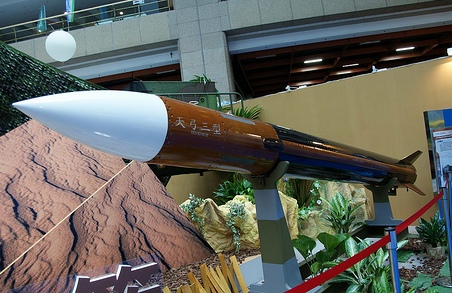
A replica of the Tien Kung III missile. Internet imagery
TAIPEI (AFP): Taiwan plans to spend USD 2.5 billion in the next nine years to acquire anti-missile systems to boost its aerial defences against China, a lawmaker and a media report has said.
The defence ministry aims to purchase the locally-made Tien Kung 3 (Sky Bow 3) surface-to-air missile system between 2015 and 2024 to replace the ageing Hawk missile systems, said lawmaker Lin Yu-fang of the parliament's defence committee on Aug. 30.
This will be the biggest procurement of domestically-made weapon systems in recent years, Lin said, citing a defence budget plan submitted to the parliament for approval on Aug. 29.
The Tien Kung 3 surface-to-air missile system, developed by Taiwan's Chungshan Institute of Science and Technology, is designed to counter tactical ballistic missiles for air defence missions and missile interception, according to Lin.
Taiwan unveiled the Tien Kung 3 missile to the public at a national day parade in 2007 and tested it at a major missile drill in 2011.
Taiwan's Apple Daily newspaper quoted former defence minister Kao Hua-chu as saying that the Tien Kung 3 system can help intercept China's cruise missiles and counter the threats of its J-20 stealth fighter to strengthen Taiwan's aerial defence capabilities.
Tensions between Taipei and Beijing have eased markedly since Ma Ying-jeou became Taiwan's President in 2008 on a China-friendly platform. He was re-elected in 2012.
But China still considers the self-ruled island as part of its territory awaiting reunification, by force if necessary. The two sides split in 1949 at the end of a civil war.
Taiwanese experts estimate the People's Liberation Army currently has more than 1,600 missiles aimed at the island.
Defence officials were not immediately available for comment.
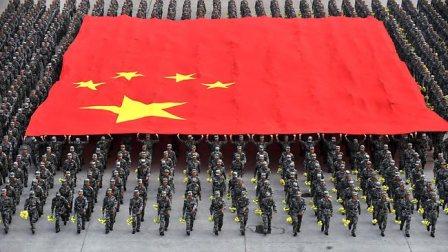 Previous Article
Previous Article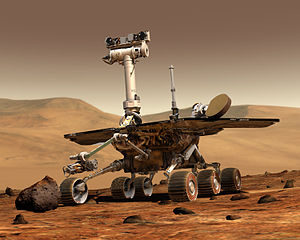 Next Article
Next Article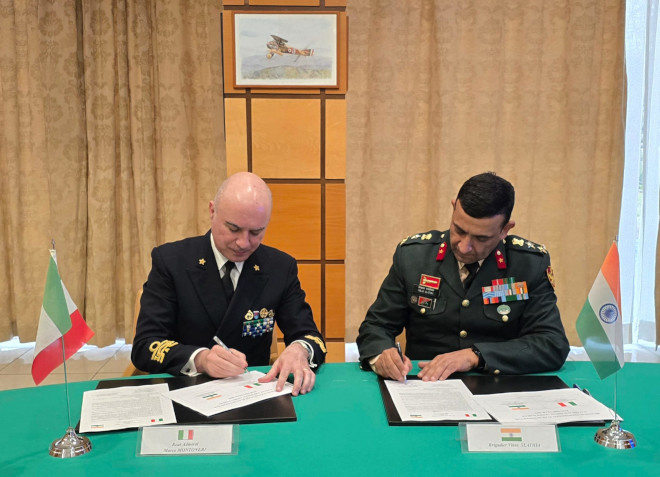
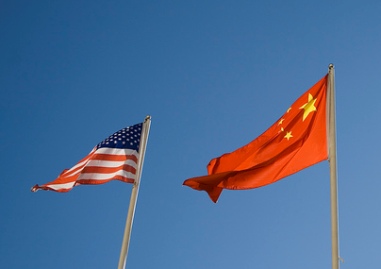











The Indian Air Force, in its flight trials evaluation report submitted before the Defence Ministry l..
view articleAn insight into the Medium Multi-Role Combat Aircraft competition...
view articleSky enthusiasts can now spot the International Space Station (ISS) commanded by Indian-American astr..
view article